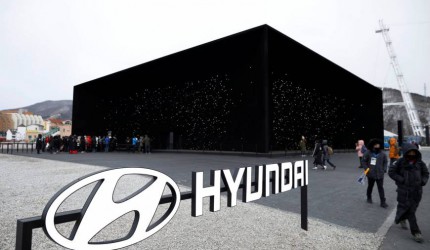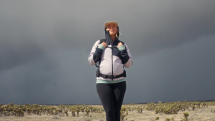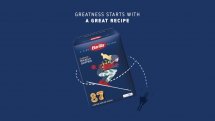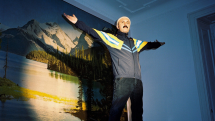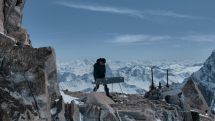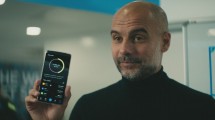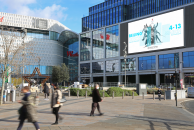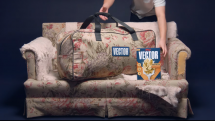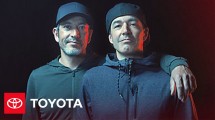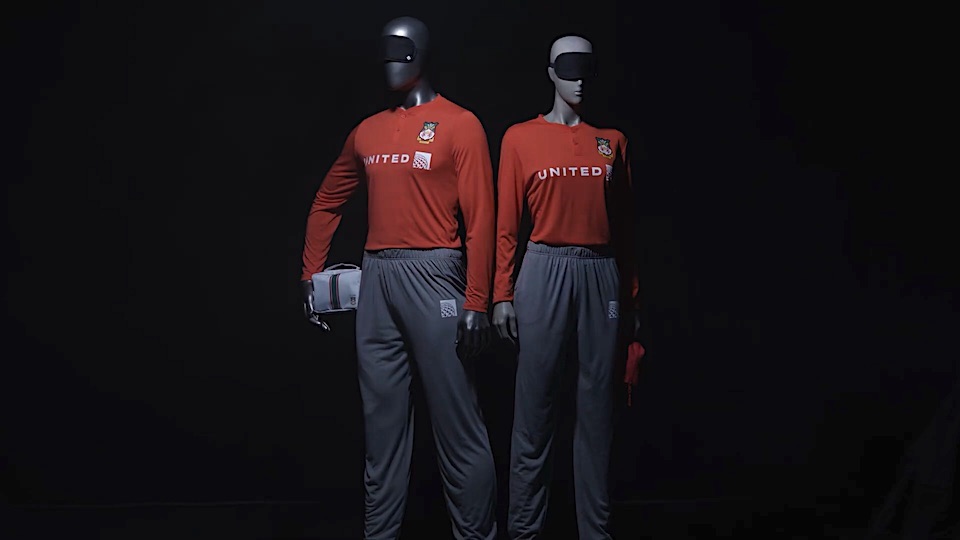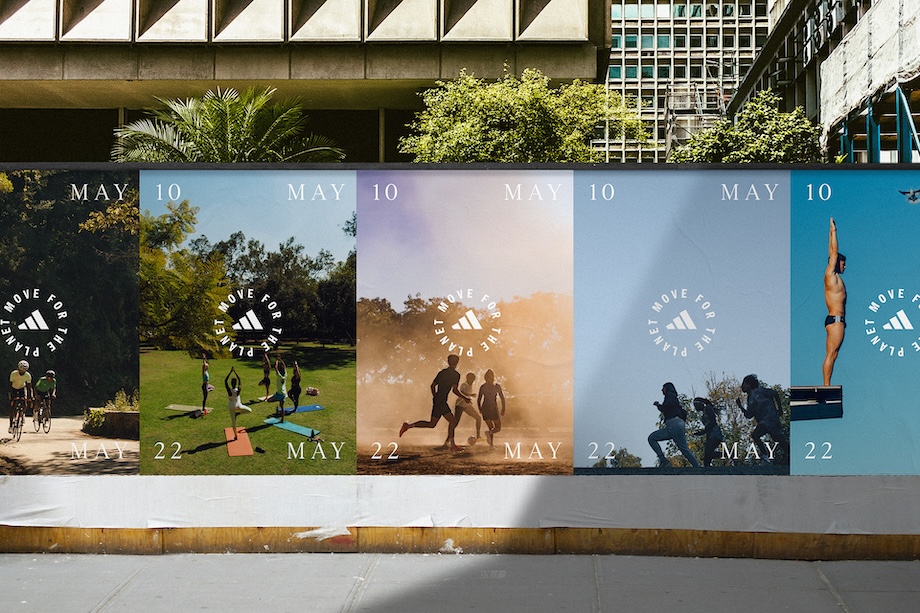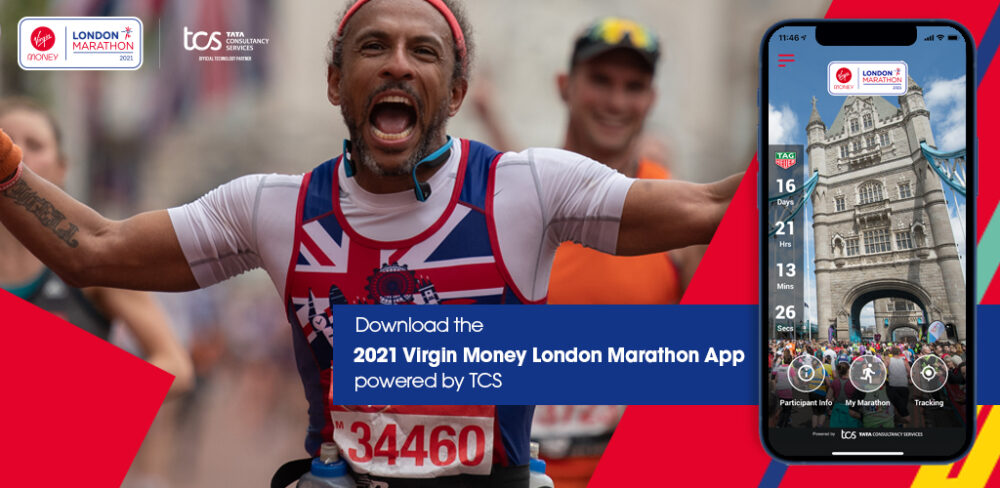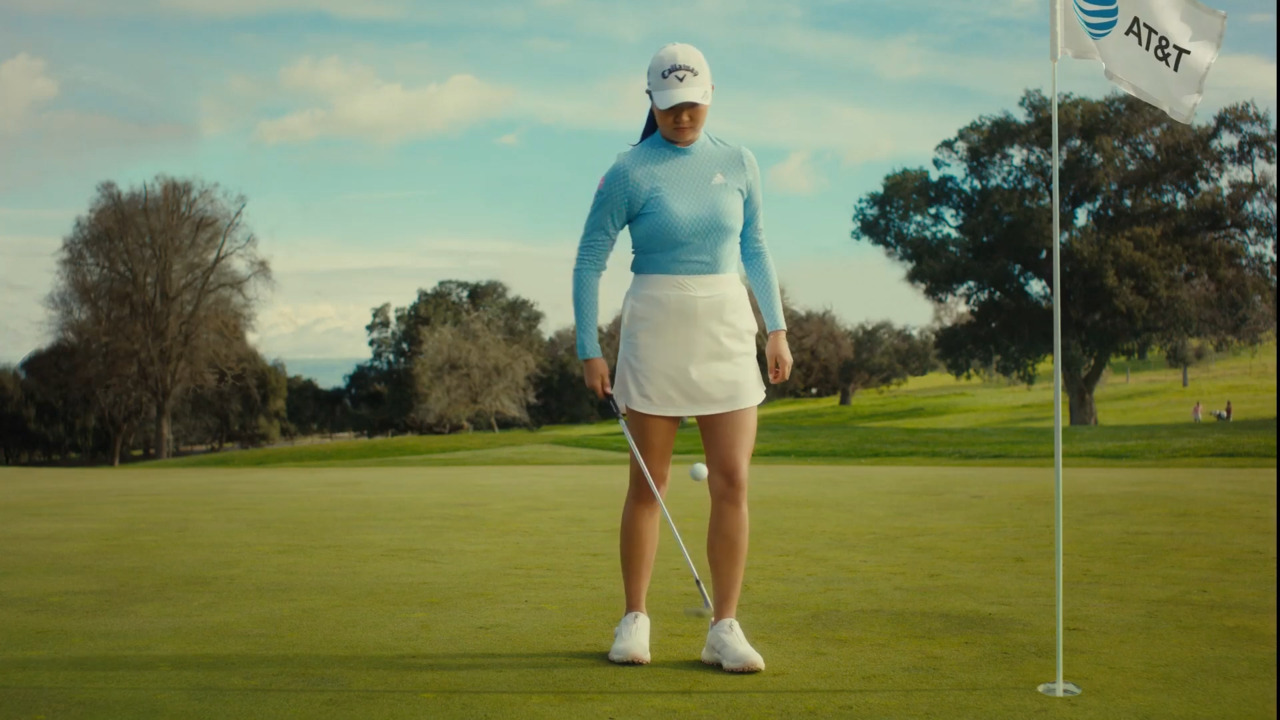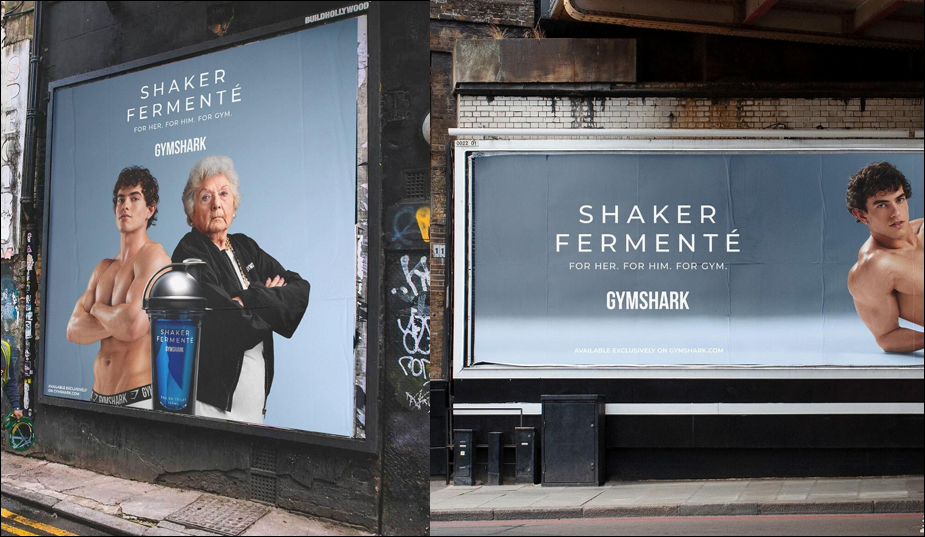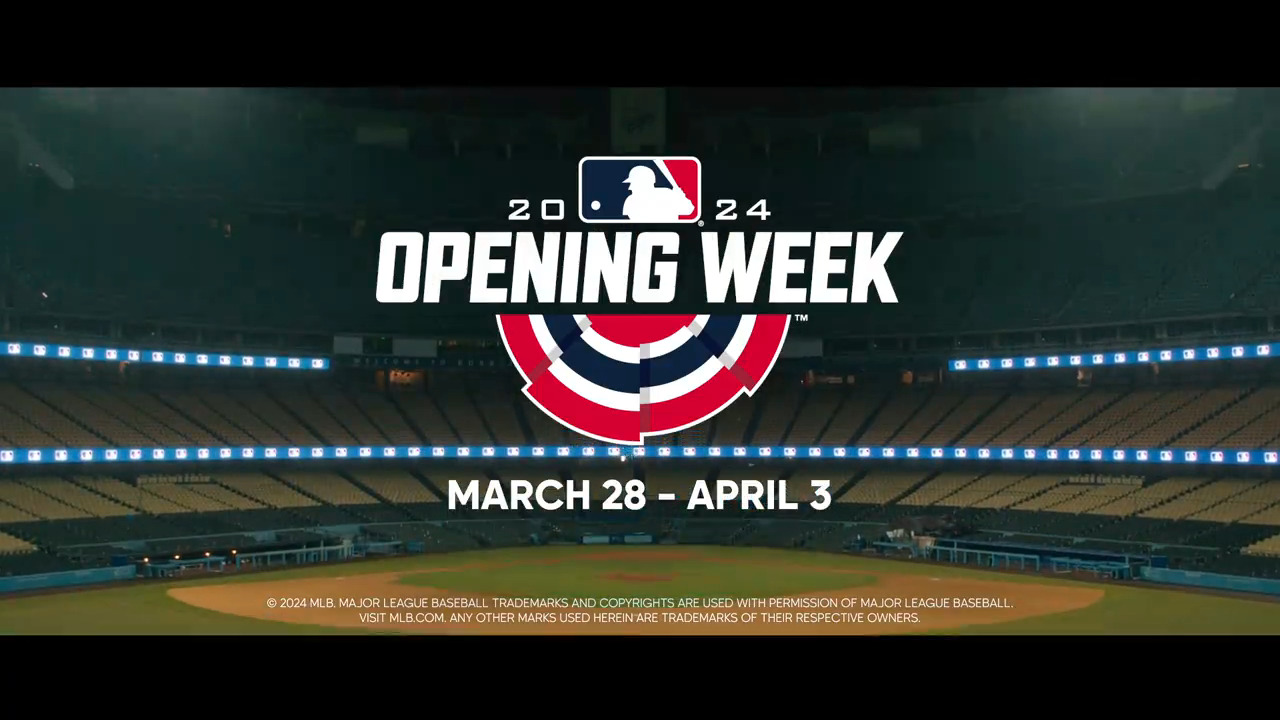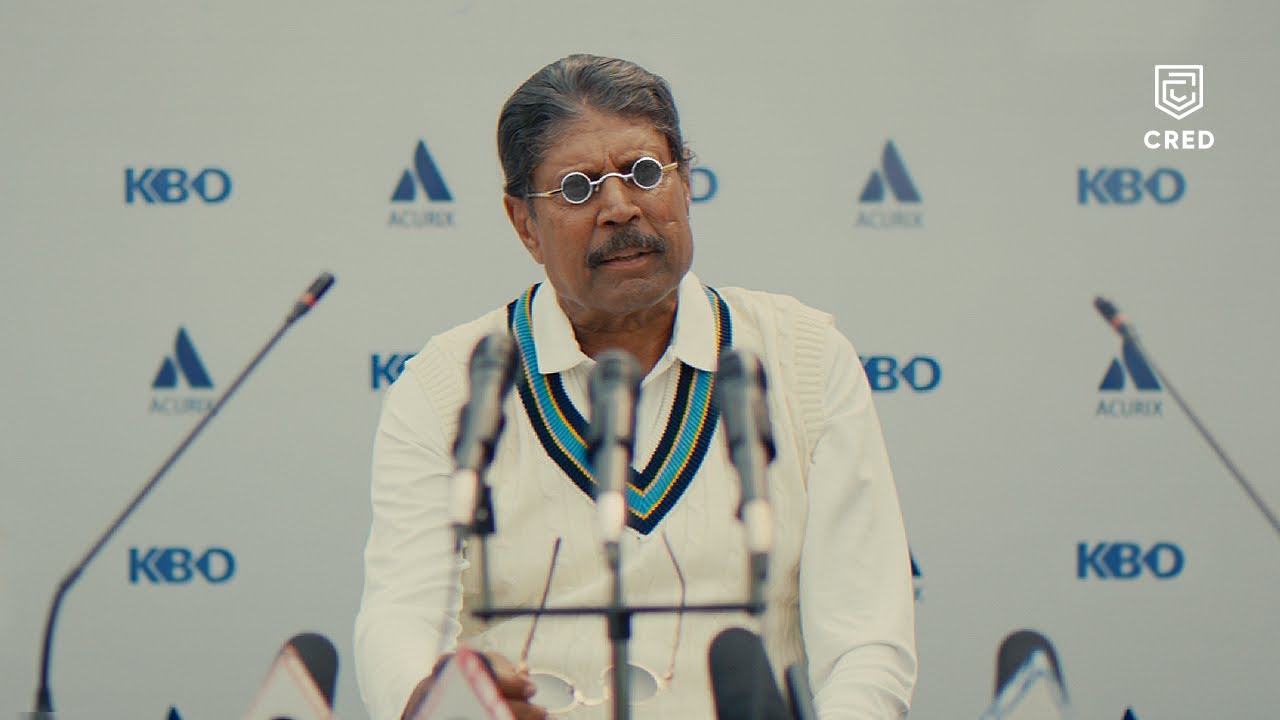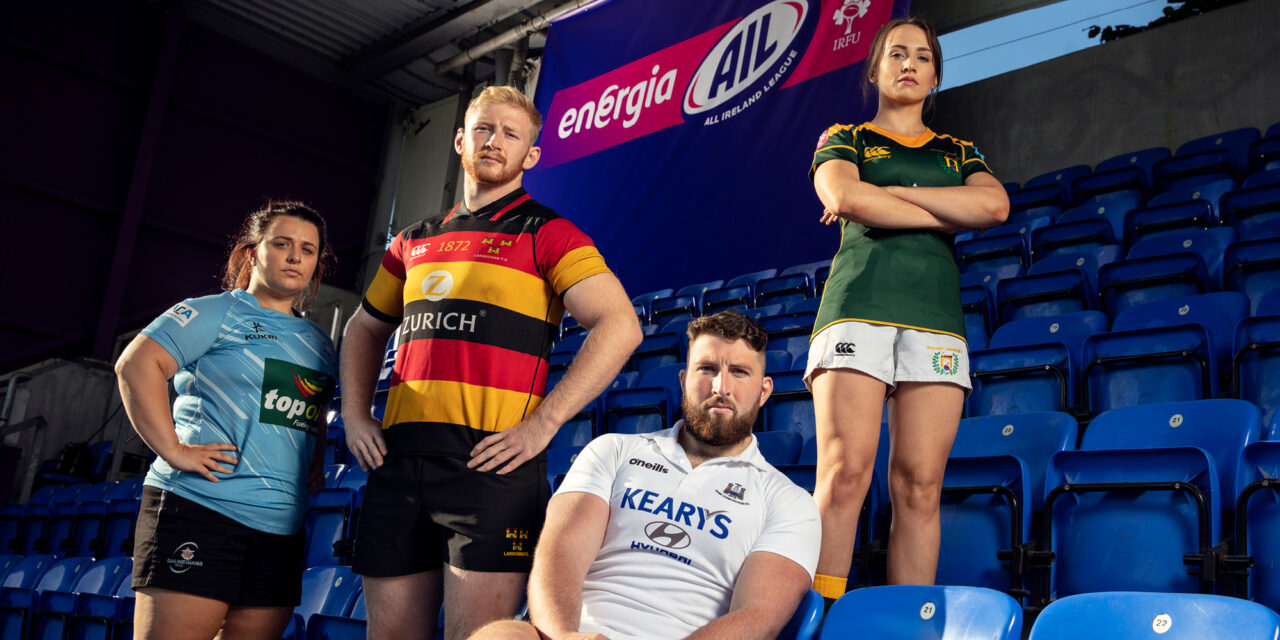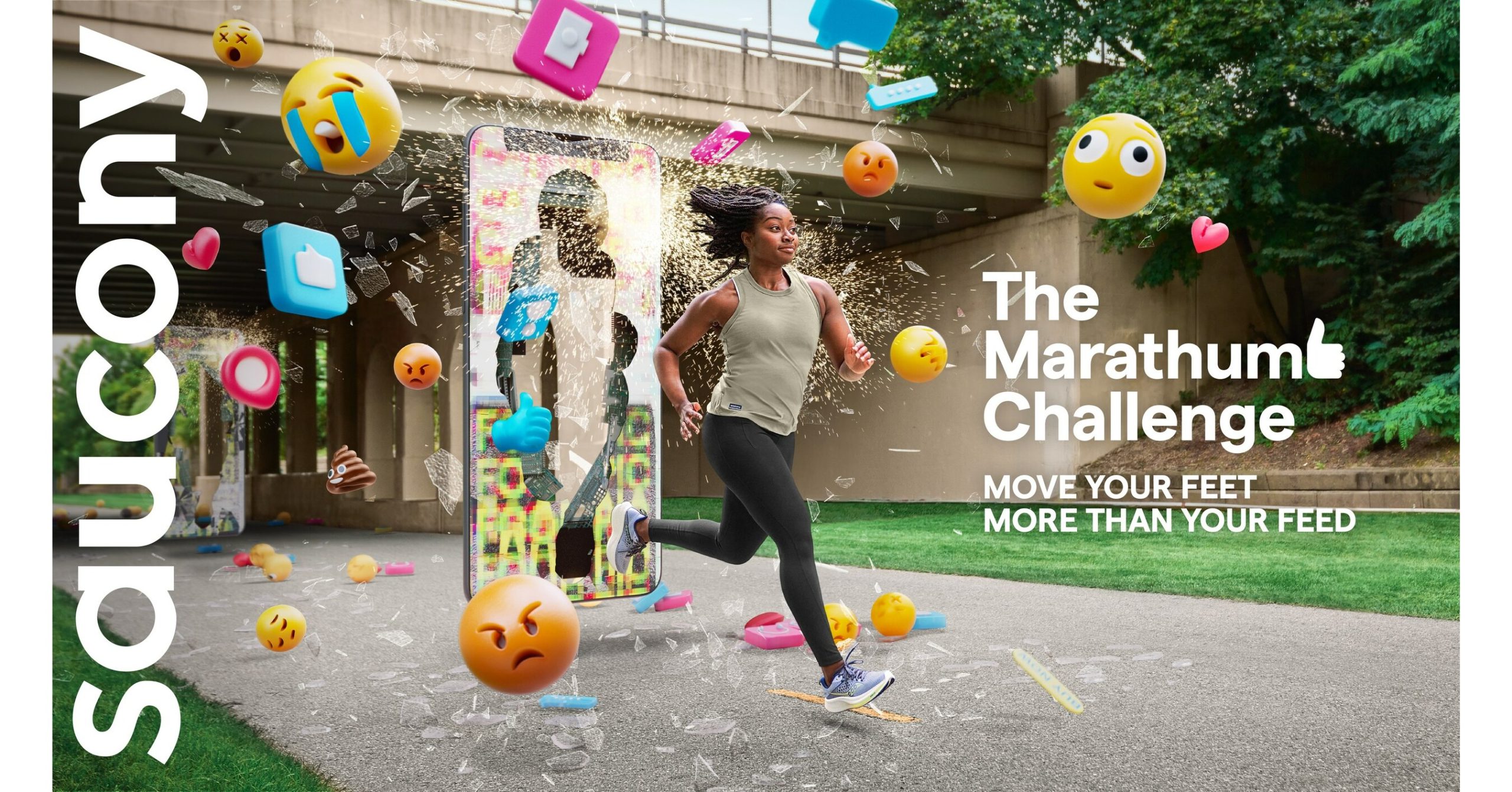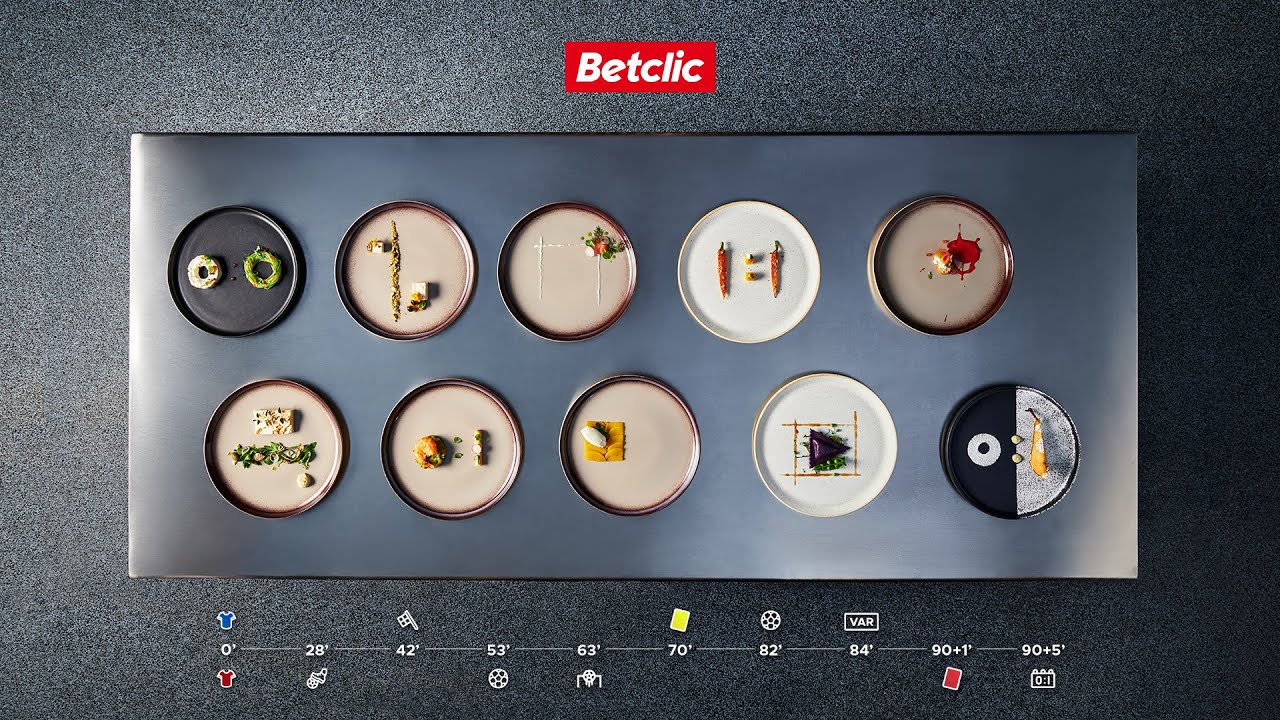With the objective of changing brand perceptions, Hyundai’s Winter Olympic pavilion aims to turn heads and change my minds by creating the darkest space to light a path towards a brighter future.
Sitting at the heart of the host city’s Olympic Plaza, the Korean car giant’s Olympic experience is dark…very dark.
The jet black Hyundai pavilion in PyeongChang has been described as the darkest building on earth and aims to offer a deliberate contrast to the bright ice and snow of the Winter Games.
It has been designed by architect Asif Khan to steal some of the attention away from the (somewhat architecturally uninspiring) Olympic stadium next door.
The aim of the PyeongChang domestic sponsor is to encourage visitors and consumers to rethink their perceptions about the brand and to consider Hyundai from the perspective of the future of mobility and sustainability: through a creative showcase of its fuel cell technology.
The pavilion’s space-inspired exterior symbolises the origins of hydrogen, while its interior water room reflects the seeds of hydrogen on earth.
Coated in Vantablack VBx 2, which the brand claims is derived from the darkest pigment on earth, it’s walls were built using nanotechnology-developed exterior absorbs 99% of the light that hits it (compared to normal black paint absorbing 97%): channelling photons into microscopic cavities in the material until they dissipate.
The structure’s concave walls are covered with thousands of LED lights on multi-length rods give the visual feeling of stars twinkling in infinite space – especially at night time.
The aim of the effect, according to Khan, isn’t just to be a “window looking into the depths of outer space” from afar, but to make visitors feel on moving closer and enter the building as though they are “being absorbed into a cloud of blackness”.
Inside, the feeling is totally reversed as visitors enter a stark white ‘water room’ holding a huge marble water maze carved with hundreds of channels that carry 25,000 water droplets each minute to a pool.
Each of these water drops aim to represent Hyundai’s upcoming Nexo hydrogen fuel cell electric car travelling towards a sustainable future.
The message is that each car contributes to a much greater collective good – as represented by the lake of water at the bottom.
Visitors can even put their hands over air holes to release more droplets to symbolise how each person has a hand in improving sustainability.
The building experience is being promoted and amplified across several Hyundai Worldwide digital and social channels through film and imagery.
“Normally a commercial brand builds a pavilion to exhibit their own products and services. But this time we don’t display any cars, we just want visitors to touch and feel what Hyundai’s brand represents and also what Hyundai wants to talk about,” explains Hyundai executive vice-president and chief marketing officer Wonhong Cho.
“People coming to a motor show know about the fuel cell electric vehicles, but Olympic visitors really feel estranged from this technology, so we tried to create a story using friendly metaphors like universe and water rather than focus on our product,” added Heekyung Kwon, creative strategy team manager at Hyundai’s Creative Works group.
South Korea’s Hyundai (and affiliate Kia) signed on as a tier one domestic sponsor of the 2018 Winter Olympics in PyeongChang back in 2015) and under the deal provided 4,100 vehicles for VIPs, athletes transport and event operations as well as financial sponsorship for the PyeongChang 2018 Olympic and Paralympic Games.
As a tier-one domestic sponsor, other aspects of Hyundai’s Winter Olympic programme (which urns under the tagline “Light up your energy”) ranged from opening the ‘Hyundai Motor’s Light Up Ice Rink’ at Dongdaemun Design Plaza in December, to participated in the torch relay by recruiting 192 runners (all defined by the brand as ‘dreamers and achievers’).
Hyundai (and sister company Kia) have also supported Korea’s bobsleigh team, speed skaters and other winter athletes and has activated various rights around the Games in several ,markets too with work such as its The Coaches film.
Comment:
While on-site in PyeongChang, there is little direct presence from the IOC’s official automotive partner Toyota, local Korean car behemoth Hyundai is making an experiential statement through this building.
This on-site experience certainly has architectural impact and its packs a punch, but does it drive home a simple message to visitors who don’t opt for the explanatory guided tour option?
But, while not all visitors will take the time to understand (or even care) about the science behind the brand’s hydrogen fuel production, the building experience still effectively communicates Hyundai’s idealistic and futuristic brand vision.
Architect Asif Khan previously collaborated with Coca-Cola on its Beatbox-themed brand pavilion for London 2012 Olympics.
Interestingly, while Hyundai hasn’t publicly revealed the cost of the Winter Olympic experience, it has admitted that it is so confident of the value of the project that it hasn’t made any additional investment to measure the ROI.
Despite Toyota’s IOC global deal and unlike most other global Olympic sponsors (like Coca-Cola and Visa), it is hard to spot the IOC car partner Toyota activating around the event in Korea.
Its cars don’t form the Olympic fleet, the logo is practically nowhere to be seen and only visiting Toyota officials from other markets can wear Olympic branding on their clothing).
Because Toyota knew before penning its IOC deal three years ago that these Games, like the South Korean car market, are essentially ‘owned’ by local car giant Hyundai/Kia.
Indeed, Toyota signed its nine-year IOC in 2015 after PyeongChang was awarded the Games and after Hyundai/Kia had secured domestic car category rights.
In fact, Hyundai/Kia had been part of the 10-year Korean campaign to host the games.
Toyota maintains the rights to use the Olympics logos in its advertising elsewhere in the world and is doing so prominently during the Games in multi-platform 30-country ad campaigns in other markets (see case study) – including running two commercials during the Super Bowl in the USA.
The hydrogen technology explored through the pavilion will be available to consumers across South Korea (and parts of the US and Europe) when the company’s latest hydrogen fuel cell vehicle (FCEV), the Hyundai Nexo eco-friendly SUV, finally goes on sale.
So will the pavilion led experiential space approach actually drive Hyundai sales and profits?
After all, traditionally it is the international ad campaign that really drives revenue for global TOP IOC partners.
Well, in addition to on-site domestic Korean visitors, the pavilion project has certainly managed – with the help of a digital and social campaign – to attract plenty of international attention and media coverage.
And not just in the automotive, advertising and architecture press, but from the mainstream media too.
A home Olympics, like PyeongChang for Hyundai, is a once in a lifetime opportunity which many big brands feel it is vital to be part of: even if you have to work within some strict rules.
Restricted by an inability to directly leverage the Games in its advertising to consumers watching the Olympics outside Korea, Hyundai has come up with an innovative approach to bringing attention to its brand.
Hyundai’s rights meant it would have been able to include vehicles in the pavilion if it had chosen to do so, but according to Ian Lim of Hyundai Creative Works, they decided to go in another direction and focus on explaining the hydrogen Nexo technology and it exemplifies Hyundai’s brand commitments and philosophies.
“We wish to introduce a wide range of values to our consumers’ lives by combining art and technology, cars and lifestyles,” said a Hyundai press statement around the pavilion opening..
Whether this decision to focus on hydrogen technology rather than actually directly selling the actual Nexo car may well help reinforce Hyundai as an innovative leader in hydrogen technology and the future of mobility.
And the brand will hope that using that rare opportunity, a home Olympic Games, to build this type of equity is more valuable in the long run that selling a few more Nexos.
Links:
Hyundai
https://www.hyundai.com/worldwide/en
https://www.youtube.com/user/AboutHyundai
https://www.facebook.com/AboutHyundai
https://www.instagram.com/about_hyundai/
https://story.kakao.com/ch/hyundai
http://m.post.naver.com/my.nhn?memberNo=35787715

